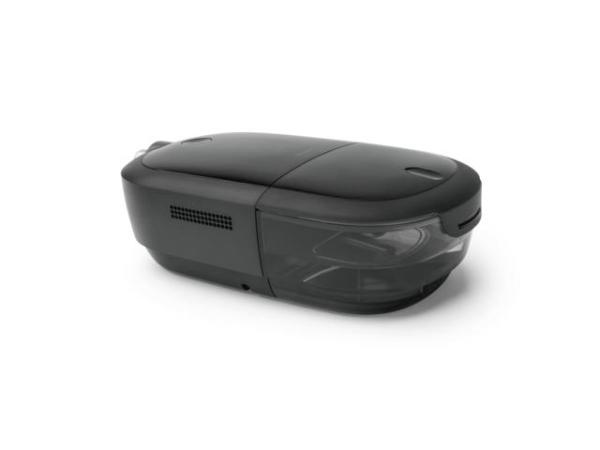Sleep Apnea Resources
Sleep Apnea Resources
Continuous Positive Airway Pressure (CPAP)
Introduction to Obstructive Sleep Apnea
If you have moderate to severe sleep apnea, lifestyle changes alone are often inadequate to correct your condition. Your physician may prescribe a medical device called a Continuous Positive Airway Pressure machine, or a CPAP.
Most patients using a CPAP machine have a condition known as Obstructive Sleep Apnea (OSA). During sleep, the muscles in the back of the throat relax, causing the upper airway to become smaller. In some patients, the upper airway can collapse, causing a blockage of air movement into the lungs. When airflow is stopped for at least 10 seconds, it is referred to as an apnea.
Sleep Apnea should not be taken lightly, and can create further and more serious health complications for patients if left untreated. With successful treatment, patients with OSA (and their loved ones) can enjoy more restful sleep and greatly improved health.
Our team will work with you and your doctor to coordinate proper equipment set up, give instruction on use and cleaning, and provide ongoing support throughout your treatment! We offer CPAP setup and education in a classroom-style clinic, which is beneficial for most patients, and individual CPAP setup appointments for those who need them. We even offer CPAP Direct setup with a telemedicine Virtual RT appointment where available.
Our customer support enables patients to take control of their own treatment through a division of Rotech known as Sleep Central. Sleep Central specializes in providing the highest quality CPAP equipment and supplies used to treat sleep apnea to patients across the US.
Continuous Positive Airway Pressure (CPAP)
& Bi-Level Positive Airway Pressure Therapy
If you have moderate to severe sleep apnea, lifestyle changes alone are often inadequate to correct the problem.
This therapy works by creating positive air pressure within the back of the throat, thus preventing airway collapse and subsequent apneas. The positive pressure pushes out on the walls of the throat, creating an “air splint” within the airway – similar to the way air pressure within a balloon pushes out on the walls of the balloon and prevents it from collapsing.
A mask or other device is worn over the nose (called a nasal mask), or over the nose and mouth (called a full face mask). The mask is connected by a hollow tube from the CPAP motor to supply just enough positive air pressure to keep your airways open during sleep.
CPAP vs. Bi-Level
Both CPAP and Bi-Level machines provide the same settings and set up instructions, the only difference is the type of airway pressure produced:
- CPAP machines provide you with a constant level of positive airway pressure during inhalation and exhalation
- Bi-Level machines deliver two different levels of positive airway pressure (one during inhalation, and a lower pressure during exhalation)
CPAP devices come in a variety of machines with several different types and sizes of masks, but they all work together to deliver the mild supplementary airway pressure that makes sleep therapy effective.
Rotech’s CPAP machines are compact and fairly quiet, as not to disrupt everyone in the household. As part of our SleepWELL™ Program, our qualified staff will set up your machine and make sure it’s ready with the settings prescribed by your doctor. We will make sure you are well instructed on proper use, troubleshooting and cleaning of your CPAP device. We will also ensure your mask fits properly and provide clinical support for your questions and concerns throughout the duration of your treatment.
Routine replacement of CPAP and BiPAP supplies is crucial to managing your sleep apnea and overall health; learn more about how to get your replacement CPAP and BiPAP supplies and equipment order started.
Sleep Therapy Patient Resources
Equipment Setup, Operation, and Maintenance
Resmed Airsense 11
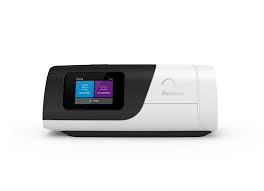
Resmed Airsense 10
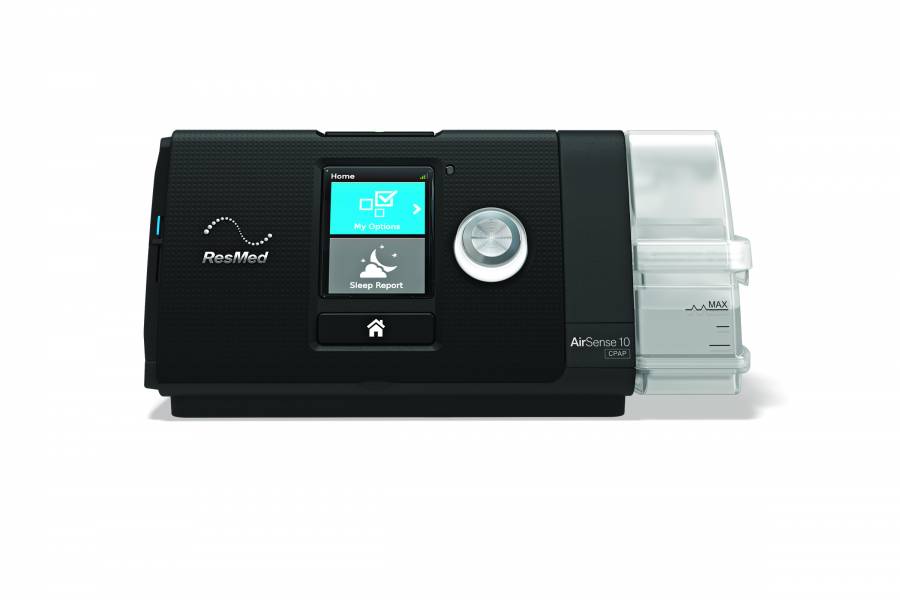
3B/React Medical Luna II
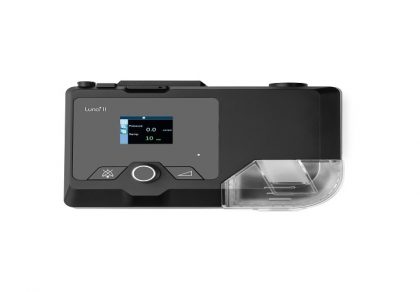
3B/React Medical Luna G3
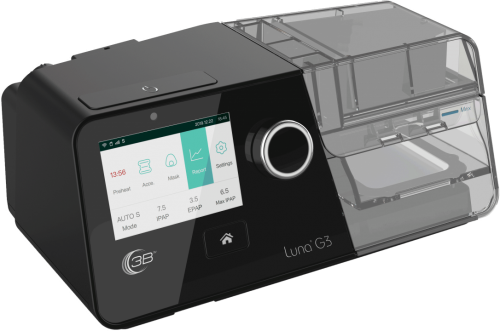
Resvent iBreeze
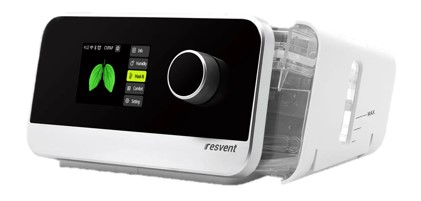
- Resvent iBreeze Introduction
- iBreeze Quick Start Guide
- WiFi Setup Instructions
- Patient SD Card Instructions


